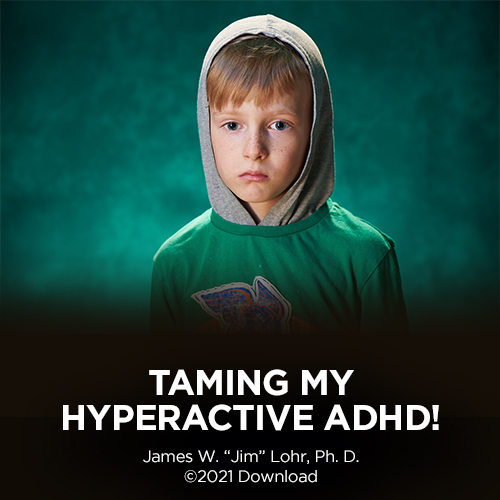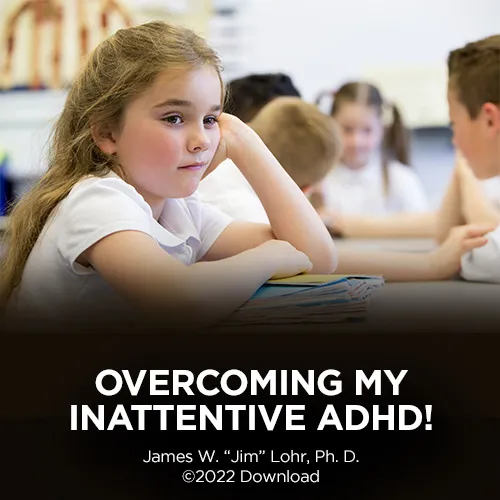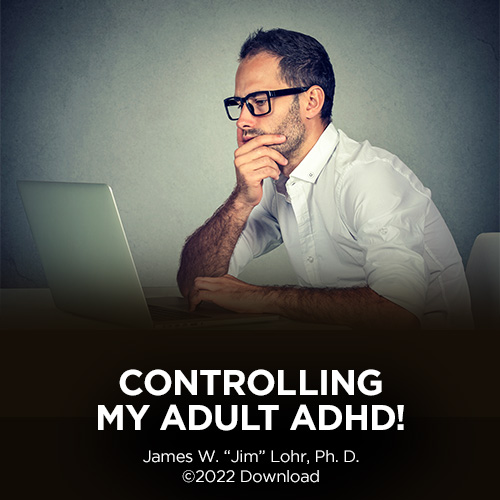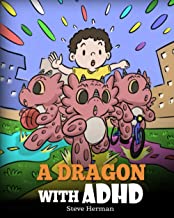Attention Deficit Hyperactivity Disorder
Cluster Number:
Wiki Number: W016
Diagnosis: ADHD-Attention Deficit Hyperactivity Disorder
US Patients:
World Patients: 51Mil
Sex Ratio: B2;G1
Age Onset: Age5-12
Brain Area: left prefrontal cortex, posterial parietal cortex;, accumbens, amygdala, hippocampus smaller
Symptoms: Hard to pay attention or control behavior; impulsive. Higher creativity
Progression: 9 points lower IQ scores; higher in dynamic energy and adventurousness, 40% in adults
Causes: 75% genetic; dopamine less-well regulated in boys; norepinephrine less well-regulated in girls; adult ADHD-neither
Medications: amphetamines to keep students quiet in schools for boys; stimulants increase blood flow, perk up the girls
Therapies: behavioral therapies, parent training
Youtube Video: ADHD – Finding What Works for Me
Youtube Video:
The Signs of Adult ADHD
Jim Lohr’s own downloads for ADHD are for sale in the “Blue Box,”
also on this website.
Taming My Hyperactive ADHD!
Overcoming My Inattentive ADHD!
Controlling My Adult ADHD!
You can order any or all of these downloads from the “Blue Box” in the right column of the website.
Amazon or Library Book:
A Dragon with ADHD
Amazon or Library Book:
Thriving with Adult ADHD
Click the book to link or order from Amazon.
Click the book to link or order from Amazon.





